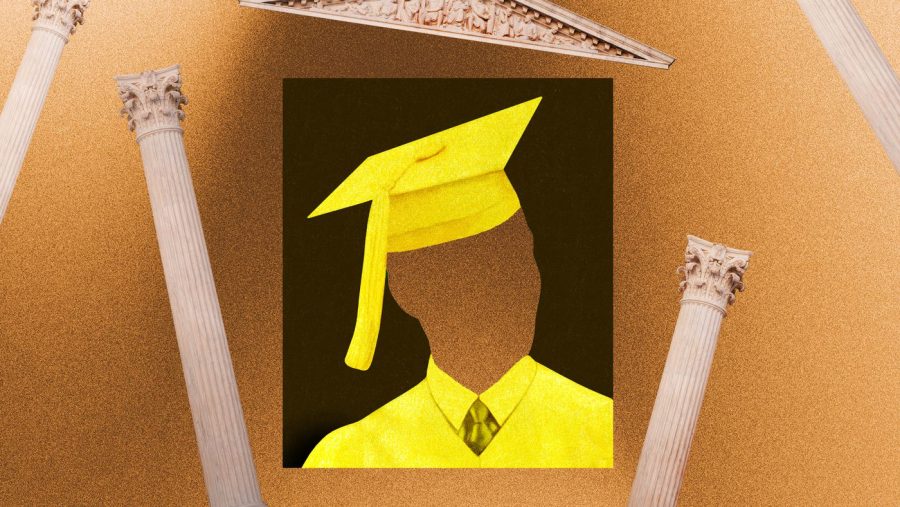Your Simplified & Straightforward Breakdown of: The Reevaluation of Affirmative Action in the U.S. Supreme Court
March 13, 2023
As of late, I feel as though when I open my phone to search for context behind any major event that has transpired in the political world, I am left completely disoriented by an influx of sources that don’t separate truth from opinion and news outlets meant for readers with advanced prerequisites on any given situation. So, as I tried to piece together affirmative action from perplexing news sources, an idea struck me: why not make this easier for everyone else as I explore its complexities for myself? Let’s break down affirmative action from its very foundation and examine how it fits into the mess of a current political divide.
What is affirmative action, and what is its relevance in the Supreme Court?
Affirmative action details a concept commonly described as “positive discrimination”, using a set of policies and practices to ensure the inclusion of certain marginalized groups in an institution – whether these groups are of the socioeconomic (income), racial, or gender variety. The notion of affirmative action has become extremely prevalent in current politics, as it is currently taken into consideration when applicants’ portfolios are reviewed by college admissions. So, the dilemma of the situation is simply if this practice should be widely permitted or taken out of the admission process as a whole. While you may automatically see the situation as a simple one with an obvious answer (one way or another), this issue is more complex than it may sound.
What is the history of affirmative action in the U.S. Supreme Court?
Affirmative action was first introduced to the U.S. Supreme Court during the transpiration of the Civil Rights Movement in the 1960s. The Supreme Court case California vs. Bakke details an incident where an applicant Allen Bakke sued a medical university because he was denied entry to a university program even though his test scores were higher than those of his minority peers who were accepted into the medical program. In response to this incident, the Supreme Court decided that schools have “compelling interest” in fabricating a diverse student body due to its educational benefit, thus the school’s decision was justified. Another case further instilling affirmative action in U.S. admissions is the case of Gratz vs. Bollinger, which dealt with a point system used for student acceptance at the University of Michigan. Each applicant was required to reach 150 points on a scaled system if they were to be accepted into the university, but the issue brought to the Supreme Court was the granting of 20 additional points to students of a minority ethnicity– which directly increased those students’ chances of acceptance. While the court ruled this supplemental point system was unconstitutional because it didn’t take into account each student’s individual situation, the case also stated that in the situation of Gratz’s sister, who was not accepted into a separate university’s law school “due to affirmative action”, the basic foundation of the concept should be upheld. As displayed in both of these unprecedented cases, the court generally upheld the principles of affirmative action with the caveat that the race of a student must only be a small portion of the admission decision.
What’s the rationale for each perspective?
The side of the argument seeking to abolish affirmative action argues that affirmative action violates the Equal Protection clause and unequally validates the hard work of individuals by putting people on separate playing fields simply based on their ethnicity. On the contrary, individuals supporting affirmative action defend their angle with a historical lens of the American situation. Because of the disadvantage minority groups were placed at due to systematic racism post-slavery, groups were inadvertently put at a significant disadvantage, one that has permeated through many generations; thus, affirmative action is seen as a means of leveling the playing field due to generational impediment.
Ultimately, the way in which college admissions conduct their decision-making will be forever altered, no matter which outcome transpires from this weighty decision. It is my sincerest hope that this bit of information helped educate you on affirmative action by cutting out the middleman that is ‘the web’ in its daunting entirety. Now, you as informed citizens must decide for yourselves. Should affirmative action be upheld in college admissions?
Sources
Stanford Encyclopedia Philosophy. 9 Apr. 2009, plato.stanford.edu/entries/affirmative-action/. Accessed 7 Mar. 2023.
Newspaper. Devontae Torriente, and Ty Parks. “Supreme Court Could Drop ‘Wrecking Ball’ on Another Legal Precedent.” Philadelphia Inquirer, 14 Oct. 2022, www.inquirer.com/opinion/commentary/supreme-court-affirmative-action-precedent-20221014.html. Accessed 7 Mar. 2023.

